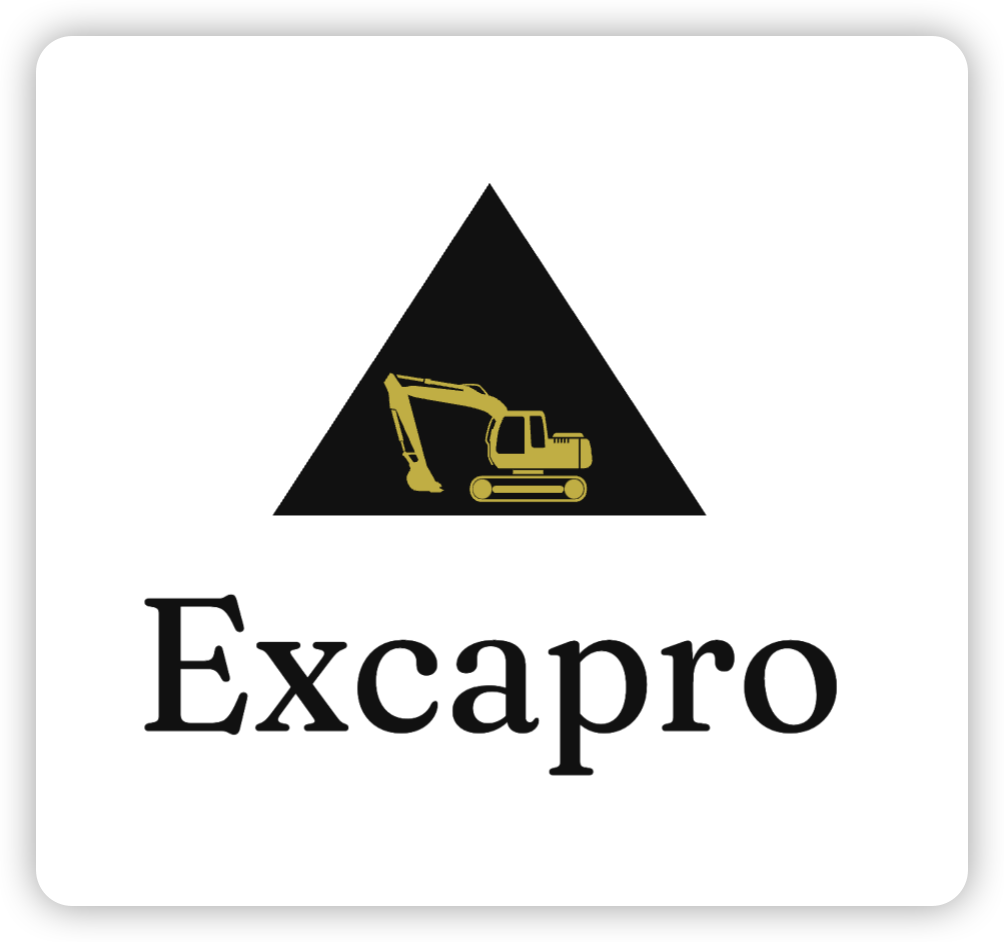Excavator Control Label: Comprehensive Guide
In the construction and excavation industry, excavators play an indispensable role in enhancing productivity and efficiency. A critical component of these machines is the control labels, which serve as the primary interface between operators and the equipment. Properly designed control labels not only ensure operational safety but also enhance the usability of the machine. This article delves into the importance, design principles, types, and considerations of excavator control labels, offering a detailed analysis for industry professionals.
1. Importance of Control Labels on Excavators
Control labels are essential for ensuring operators can safely and effectively handle excavators. They provide instructions, warnings, and operational information that help users avoid errors, prevent accidents, and maintain efficiency.
a) Safety
The primary purpose of control labels is to ensure safety. Excavators are complex machines with various moving parts, and improper handling can lead to severe accidents. Labels such as “Danger,” “Caution,” and “Do Not Operate Without Training” are often used to warn operators about potential hazards.
b) Efficiency
Well-designed labels make it easier for operators to understand machine functions quickly. By providing clear and concise instructions, they minimize the risk of operational delays caused by confusion or errors.
c) Compliance with Regulations
Many countries have stringent safety regulations for heavy machinery. Proper labeling ensures compliance with these laws, reducing the risk of fines and legal complications.
2. Types of Excavator Control Labels
Control labels come in various forms, depending on their purpose. Below are the main categories:
a) Instructional Labels
These labels guide operators on using specific controls, such as levers, pedals, and switches. For example, “Arm Up,” “Bucket Tilt,” and “Swing Left” are commonly found on excavators.
b) Warning Labels
Warning labels alert operators to potential dangers, such as high voltage areas, pinch points, or falling objects. These are often accompanied by symbols for universal understanding.
c) Informational Labels
Informational labels provide additional details, such as load capacities, hydraulic pressures, and fuel requirements.
d) Maintenance Labels
These labels remind operators and technicians about maintenance schedules and procedures, such as “Check Hydraulic Fluid Daily” or “Grease Pivot Points Weekly.”
e) Emergency Labels
Emergency labels identify critical components like the emergency stop button or fire extinguisher location, ensuring quick action during crises.
3. Design Principles for Effective Control Labels
The effectiveness of a control label depends on its design. Below are some key principles to follow:
a) Clarity and Simplicity
Labels should use simple language and universally understood symbols. Overloading labels with information can lead to confusion.
b) Durability
Excavators operate in harsh environments, including extreme temperatures, moisture, and dirt. Labels must be made from durable materials such as vinyl or metal to withstand these conditions.
c) Visibility
Labels should be placed in easily noticeable locations. High-contrast colors, such as black text on a yellow background, are commonly used to enhance visibility.
d) Multilingual Support
In regions with diverse workforces, labels should include multiple languages or rely heavily on symbols to ensure understanding.
e) Standardized Symbols
Using standardized icons, such as those defined by ISO or ANSI, ensures that operators from different regions can understand the labels without additional training.
4. Placement of Control Labels
Proper placement is critical for the effectiveness of control labels.
a) Operator Cabin
The operator’s cabin is the most important area for labels. Controls for boom operation, bucket tilting, and swing movement should be clearly labeled.
b) Exterior Areas
Labels on the machine’s exterior warn about hazards such as pinch points, hot surfaces, and electrical components.
c) Maintenance Access Points
Access points for hydraulic systems, fuel tanks, and batteries should have maintenance-related labels.
d) Emergency Components
Emergency stop buttons, fire extinguishers, and escape routes must be labeled prominently to ensure accessibility during critical situations.
5. Regulations and Standards for Control Labels
Adhering to industry standards is essential for creating effective control labels. Below are some key regulations:
a) ISO Standards
The International Organization for Standardization (ISO) provides guidelines for safety labels, including ISO 7010 for graphical symbols and ISO 3864 for safety colors.
b) ANSI Standards
The American National Standards Institute (ANSI) has specific guidelines for label design and placement, such as ANSI Z535.4 for product safety signs and labels.
c) OSHA Requirements
The Occupational Safety and Health Administration (OSHA) mandates that heavy machinery, including excavators, must have proper warning labels to protect workers.
Get Quick Quote
Upgrade your Projects With our Modern Equipment.
A Newsletter Subscription Services is Available From us
Lorem ipsum dolor sit amet consectetur adipiscing elit ut elit tellus luctus nec ullamcorper mattis.
adipiscing elit ut elit tellus luctus nec ullamcorper mattis.
- Privacy Policy
- Terms & Service
